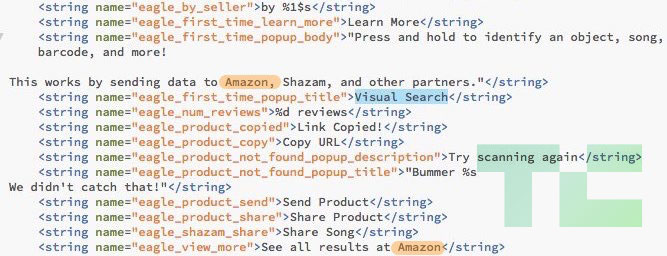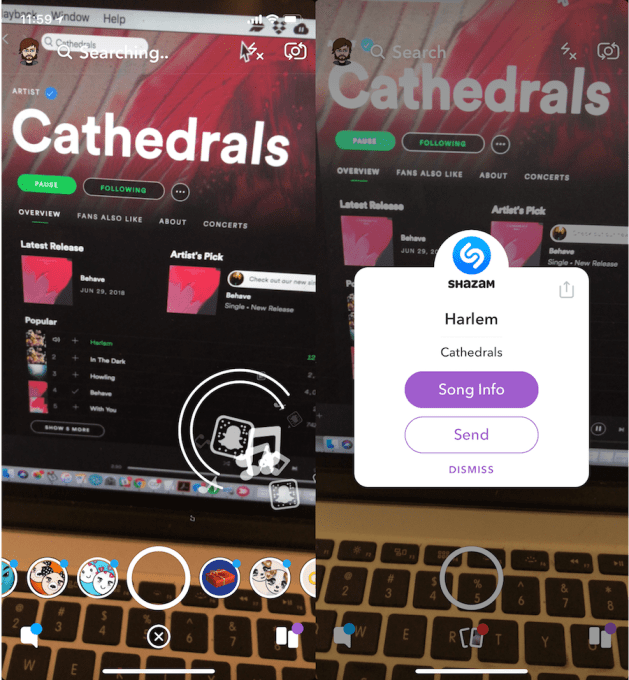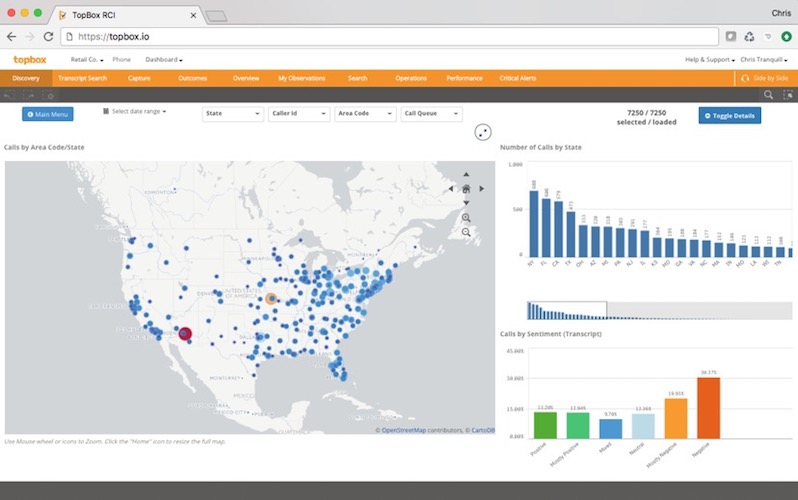Pitching a dollar-pegged token that offers cryptocurrency speculators a way to move their investments across volatile exchanges, TrustToken (the first public investment from a16z crypto) is now looking for public investments from accredited investors on CoinList.
The company’s first token is TrueUSD, a stablecoin that is redeemable one-to-one for U.S. dollars. In its first four months of trading the speculative investors that are looking for some sort of island of security have boosted the coin’s market price to over $85 million.
There’s a $61 million hard cap on the token allocated over three tranches at $0.12, $0.14, and $0.16 per trust token.
Other investors in TrustToken’s initial $20 million pre-sale include BlockTower Capital, Danhua Capital, GGV Capital, Jump Capital and other undisclosed investors.
As it expands its investor base to include accredited investors, the TrueUSD currency is also expanding its reach, with an agreement between the company and HitBTC to list the stablecoin as a quote currency. The TrueUSD coin can be used as a stalking horse to secure investments in Ethereum, Bitcoin, Tether, Bitcoin Cash, Litecoin, Monero, 0x, and NEO, according to a statement from the company.
Every TrueUSD token is redeemable one-for-one with U.S. dollars, which the company’s founders think should open the door for more institutional investment (or speculation depending on your point of view) into the market.
Using TrueUSD’s system, dollars are held in the escrow accounts of multiple trust companies rather than in a bank account. Those accounts are verified by an independent third party that issues monthly reports on the amount of dollars held in collateral.
A buyer of TrueUSD needs to pass a know your customer and AML check and then can send dollars to one of TrueUSD’s trust company partners. Once that transaction is verified, the TrueUSD smart contract issues tokens on a one-to-one ratio before sending the tokens to a buyer. The company uses Prime Trust, a Las Vegas-based company for its financial services.
Once tokens are delivered to a wallet, those tokens can be transferred or used as payment to buy other cryptocurrencies.
“The users of this space are really the traders,” says TrustToken co-founder and chief executive Danny An. “They want a native crypto asset that’s stable. They want to be able to hedge against volatility.”
An said the company does have a broader vision than just helping traders secure speculative assets so they can come up with even more arcane financial instruments. “For the entire crypto-economy to work, a lot of people believe that a stablecoin or multiple stablecoins need to be created,” An said.
TrustToken makes money whenever its coins are minted or burned, An says. “Whenever USD is involved we take a small cut,” which is ten basis points per transaction, he said.
Ultimately, TrustToken (like other alt-coins) wants to tokenize all real world assets. And one of the most attractive markets for An and his co-founders is real estate. “There is $200 trillion dollars of real estate that is offline,” said An. Tokenizing those assets would create more wealth in the world overall, he said. “Assets that are not liquid are not as valuable as assets that are liquid,” An said.
It’s a far cry from the work that An and his co-founders Rafael Cosman and Stephen Kade were doing at Kernel — a company that was developing technologies to create neural interfaces between humans and machines.
“The problem with Kernel or Google Brain [where the team also spent time] was that the timelines were very long,” An said.








